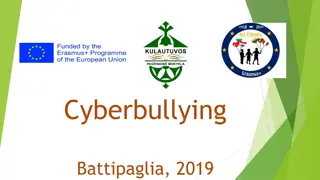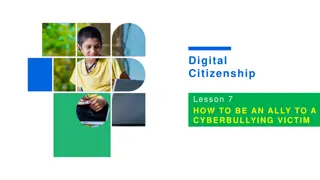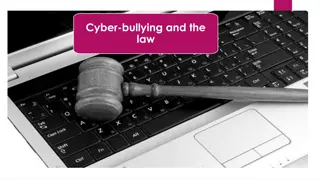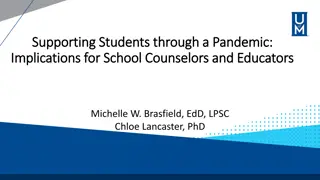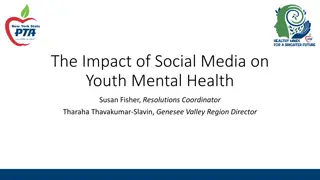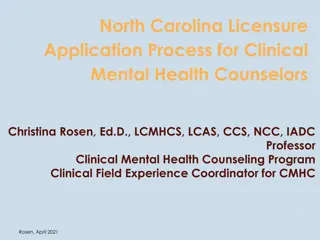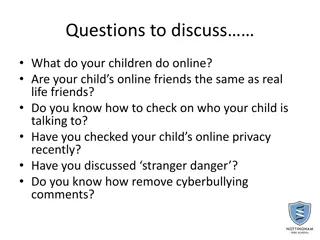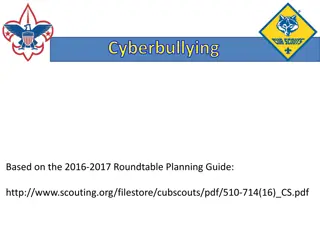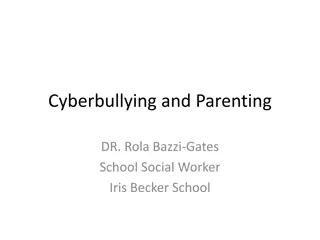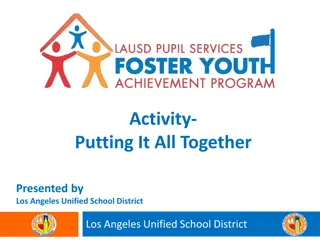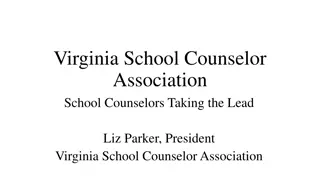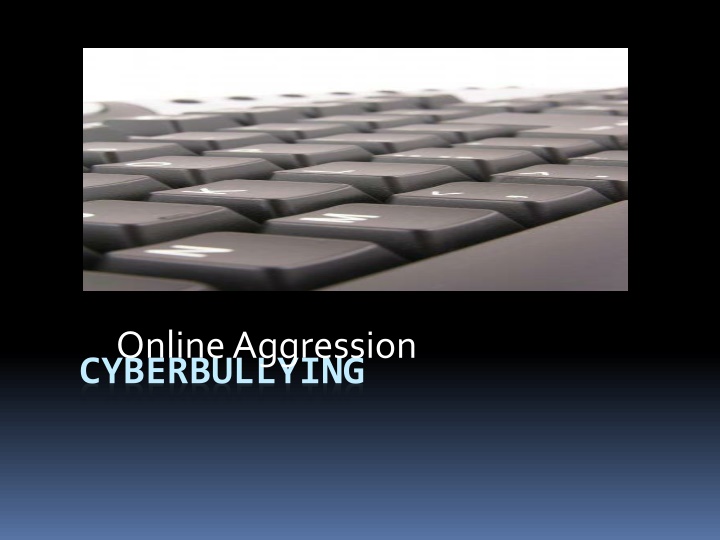
Cyberbullying: Types, Impacts, and Prevention
Learn about cyberbullying, its definition, types, differences from traditional bullying, categories of cyberbullies, and the extent of this harmful online behavior. Discover how to identify, combat, and prevent cyberbullying effectively.
Download Presentation

Please find below an Image/Link to download the presentation.
The content on the website is provided AS IS for your information and personal use only. It may not be sold, licensed, or shared on other websites without obtaining consent from the author. If you encounter any issues during the download, it is possible that the publisher has removed the file from their server.
You are allowed to download the files provided on this website for personal or commercial use, subject to the condition that they are used lawfully. All files are the property of their respective owners.
The content on the website is provided AS IS for your information and personal use only. It may not be sold, licensed, or shared on other websites without obtaining consent from the author.
E N D
Presentation Transcript
Online Aggression CYBERBULLYING
Cyberbullying Definition (Cyberbullying Research Center) Willfuland repeated harm inflicted through the use of computers, cell phones and other electronic devices. Willful = deliberate Repeated = not isolated incident Harm = target MUST perceive that harm was inflicted
How is it Different? Differs from traditional bullying in the following ways: 1. Anonymous 2. Not face to face (emboldens bullies) 3. Immediate impact of words not observed 4. Mass audience 5. Very difficult to contain/control 6. Less understood by adults 7. No refuge
Types of Cyberbullying Impersonation : Pretending to be someone else and sending or posting material online that makes that person look bad, gets that person in trouble or danger, or damages that person s reputation or friendships Outing and Trickery :Sharing someone s secret or embarrassing information online. Tricking someone into revealing secrets or embarrassing information which is then shared online Exclusion : Intentionally excluding someone from an on-line group, like a buddy list {Nancy Willard, M.S., J.D., Director of the Center for Safe and Responsible Internet Use}
Types of Cyberbullying Flaming :Online fights using electronic messages with angry and vulgar language Harassment :Repeatedly sending offensive, rude, and insulting messages Cyber stalking : Repeatedly sending messages that include threats of harm or are highly intimidating. Engaging in other on-line activities that make a person afraid for his or her own safety Denigration : Disrespecting someone online. Sending or posting cruel gossip or rumors about a person to damage his or her reputation or friendships
Categories of Cyberbullies Inadvertent Role-play Responding May not realize it s cyber bullying Vengeful Angel Righting wrongs Protecting themselves Mean Girls Bored; Entertainment Ego based; promote own social status Often do in a group Intimidate on and off line Need others to bully; if isolated, stop Power-Hungry Want reaction Controlling with fear Revenge of the Nerds ( Subset of Power-Hungry ) Often Victims of school-yard bullies Throw cyber-weight around Not school-yard bullies like Power-Hungry & Mean Girls {Parry Aftab. Esq., Executive Director, WiredSafety.org}
Extent of Cyberbullying Cyberbullying Research Center (2007) 2,000 middle school students: 17.3% - yes: have you ever been cyberbullied? 17.6% - admitted to cyberbullying others 12% - reported being both a victim and a bully
Extent of Cyberbullying 42.9% experienced at least one of the following the last 30 days: 1. Received an upsetting email or instant message 2. Had something posted on Myspace that made them upset 3. Been made fun of in a chatroom 4. Had something posted online they didn t want others to see. 5. Been afraid to get on the computer
Emotional and Psychological Consequences Depression: feelings of worthlessness, hopelessness, lonely, rejected, isolated, suicidal ideations Anxiety: fear of going to school or attending a certain class, frequent trips to the nurse, hanging around teachers classroom, avoidance of the cafeteria Anger: feelings of revenge, wanting to get even, wanting others to suffer the way they have
Emotional and Psychological Consequences 14 year old girl from Illinois: It makes me depressed a lot. It affected me for about 3-4 years. I hated being cyberbullied. I would come home and just cry. It really hurt. 12 year old girl from Massachusetts: It lowers my self-esteem. It makes me feel really crappy. It makes me walk around the rest of the day feeling worthless, like no one cares. It makes me very, very depressed.
Behavioral Consequences Avoidance or withdrawal from others, social isolation Hyper-vigilance: always scanning, surveilling area Lack of interpersonal skills: suspicious of others, difficulty trusting Likely to engage in escapism: computer gaming, substance abuse, internet relationships (with strangers) Lack of participation in real-life activities Self-harm or suicide Harm to others
Link Between Suicide and Bullying Cyberbullying Research Center: ALL forms of peer aggression increased the likelihood that the respondent attempted suicide. Traditional bullying victims 1.7 x more likely Traditional bullying offenders 2.1 x more likely Cyberbullying victims 1.9 x more likely Cyberbullying offenders 1.5 x more likely * More likely to have ATTEMPTED suicide
Link Between Bullying and Suicide Bullycide and Cyberbullicide suicides directly or indirectly influenced by experiences of being bullied. NOT likely to be the sole cause of suicide. Oftentimes, there are underlying emotional or social issues going on in their lives. Exacerbates instability and hopelessness in the minds of adolescents already struggling with stressful life circumstances.
Resources Sameer Hinduja, Ph.D Cyberbullying Research Center Justin W. Patchin, Ph.D Cyberbullying Research Center Nancy Willard, M.S., J.D., Director of the Center for Safe and Responsible Internet Use Cyberbullying Research Summaries: Cyberbullying and Suicide Emotional and Psychological Consequences Permission granted by Sameer Hinduja to use direct excerpts from research summaries. www. cyberbullying.us Youtube: Anti-Bullying Animation



